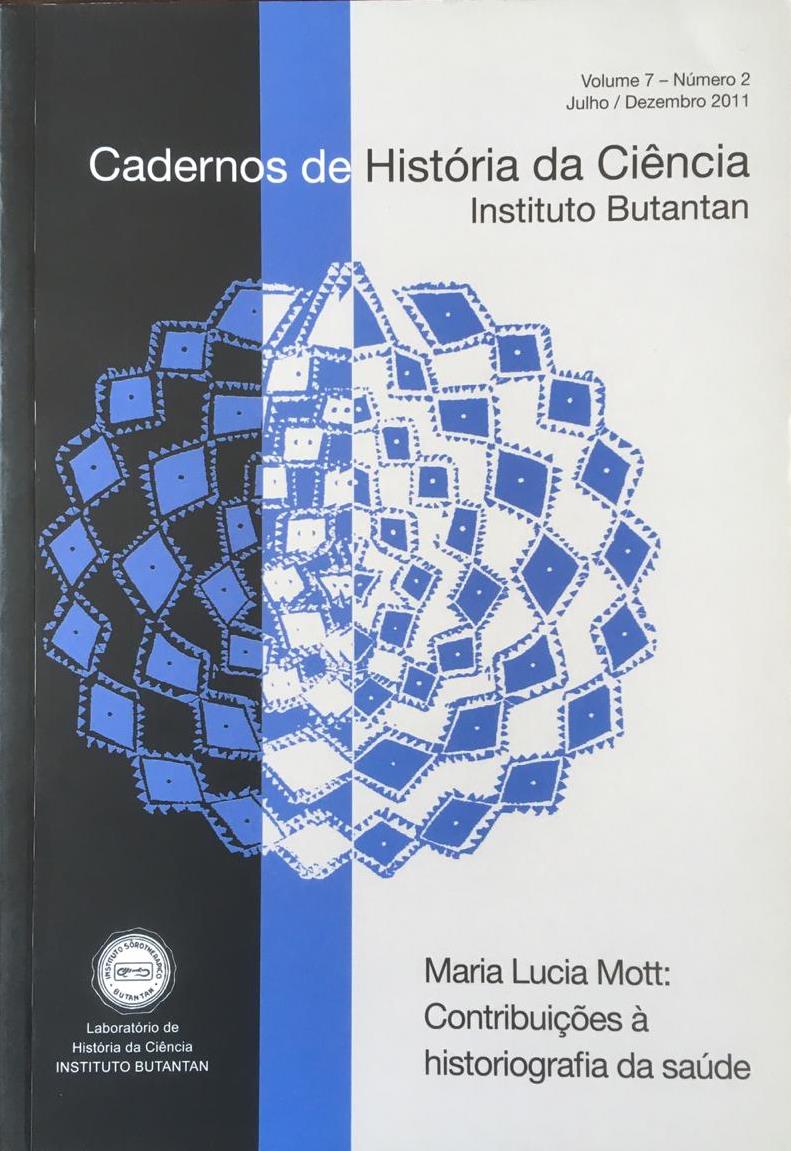Abstract
In literature, there are numerous papers on the memories of professionals related to childbirth model care; however, maternal memories are scarce. The womens perspective is important because it represents the views and experience of those subjects to childbirth care throughout the history. This study aimed to understand the changes in the childbirth model care from the experience of women who gave birth in the State of Sao Paulo from 1940s to 1980s. A descriptive study was developed with a qualitative approach, using the method of thematic oral history. The colony consisted of 20 women who are mothers, grandmothers and great-grandmother of the first group of graduates of the Midwifery Course - School of Arts, Sciences and Humanities, Universidade de São Paulo. Data were collected through unstructured interviews, based on issues related to the experience of giving birth. A full transcription, textualization and transcriation of oral narratives were made. The final text was submitted to content analysis. The project was approved by the ethics committee and the use of narratives authorized by those interviewed who signed a letter of Oral Testimony Agreement Rights Transfer. The results showed that the women interviewed had a total of 49 births in Sao Paulo, during the period studied. In the decades from 1940 to 1970 (1st generation), there were 22 normal births, one forceps and two cesarean sections, whereas in the 1980s (2nd generation), 16 women had caesarean sections, seven normal births and one forceps. Until the 1960s, home was the predominant place of birth (16 births, out of 25) and the majority was assisted by midwives (20 births). From the next decade on, all births occurred in hospital facilities. Two themes were identified in the thematic analysis: “The Experienceof Childbirth” (addressing the themes pregnancy and childbirth and the choice of the birth professional) and “Motherhood and its Context” (addressing contraception, planning and confirming pregnancy, breastfeeding, caring for the baby and housework). The result indicated a time and generational demarcation in the 1970s. Women’s experiences of the 1st generation occurred in the context of the transitional childbirth model care while women from the 2nd generation experienced, in the 1980s, the consolidation of a hospital-centered birth model. The 1980s represent a turning point in the elements that compose the childbirth model care, such as the type and place of birth and the professional who assists the mother, with increasing advance in technology and obstetric interventions.
